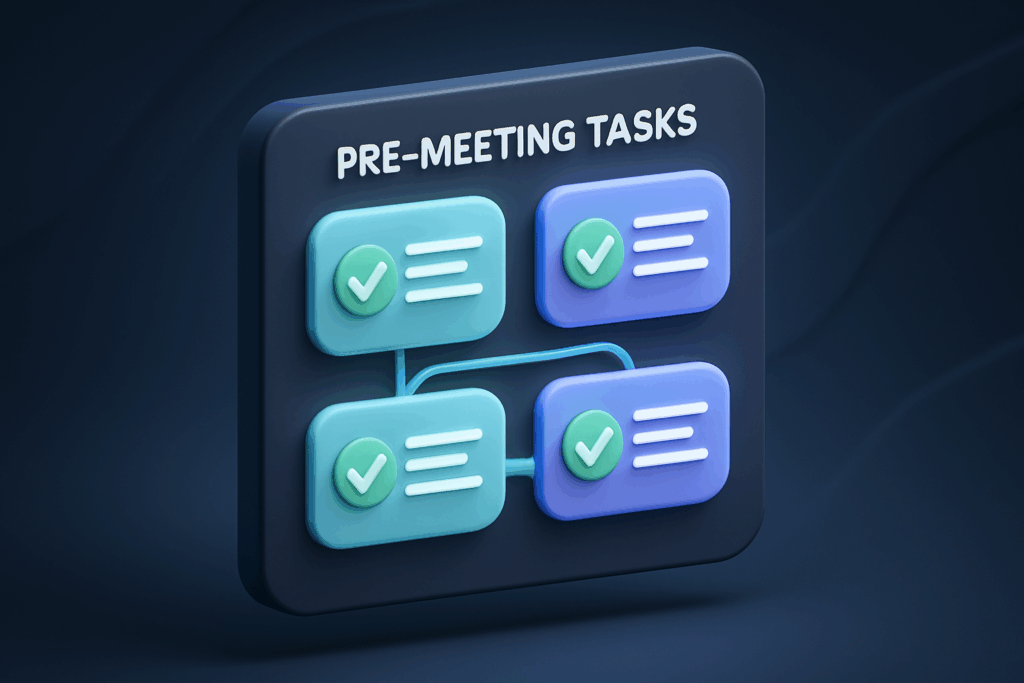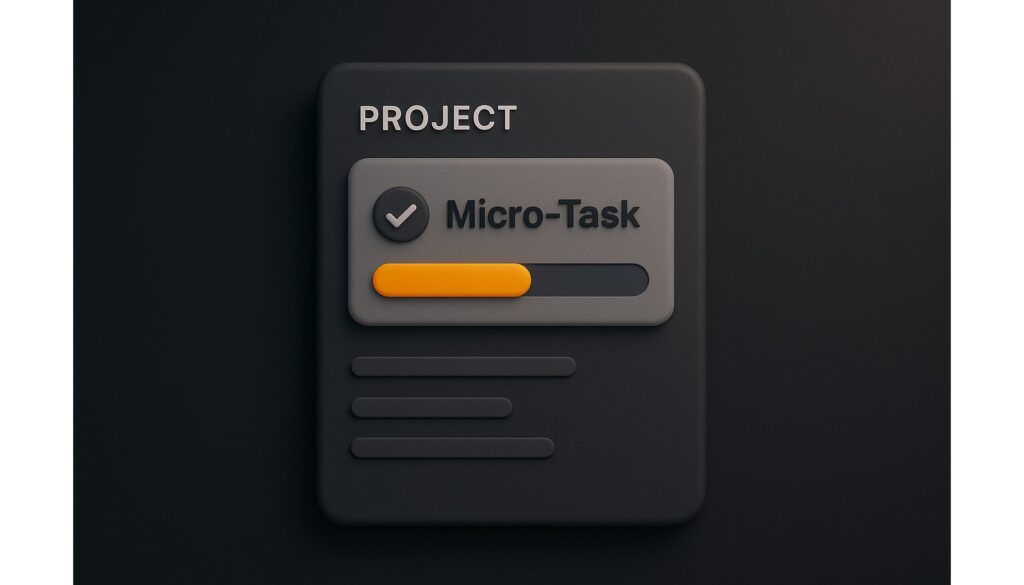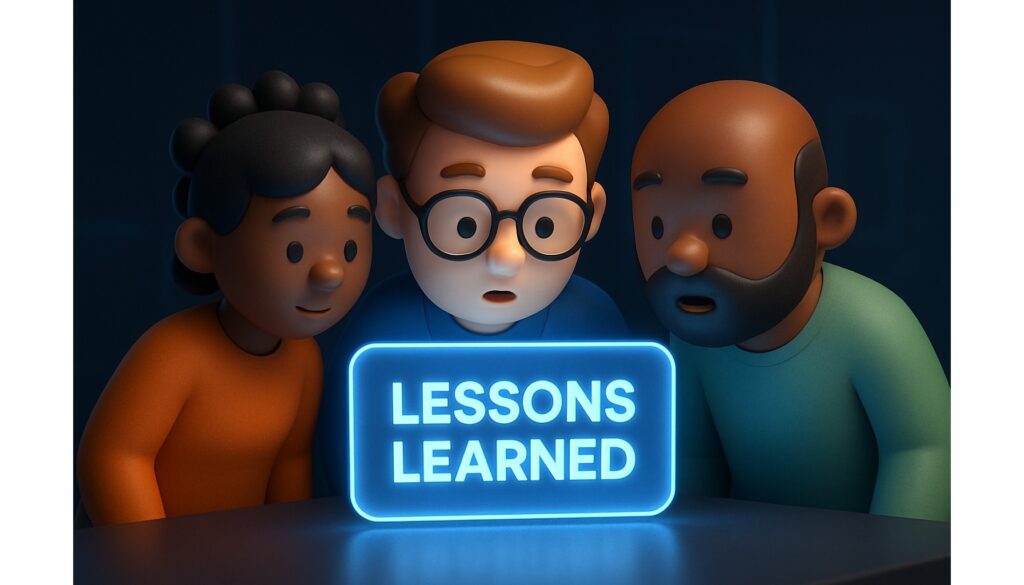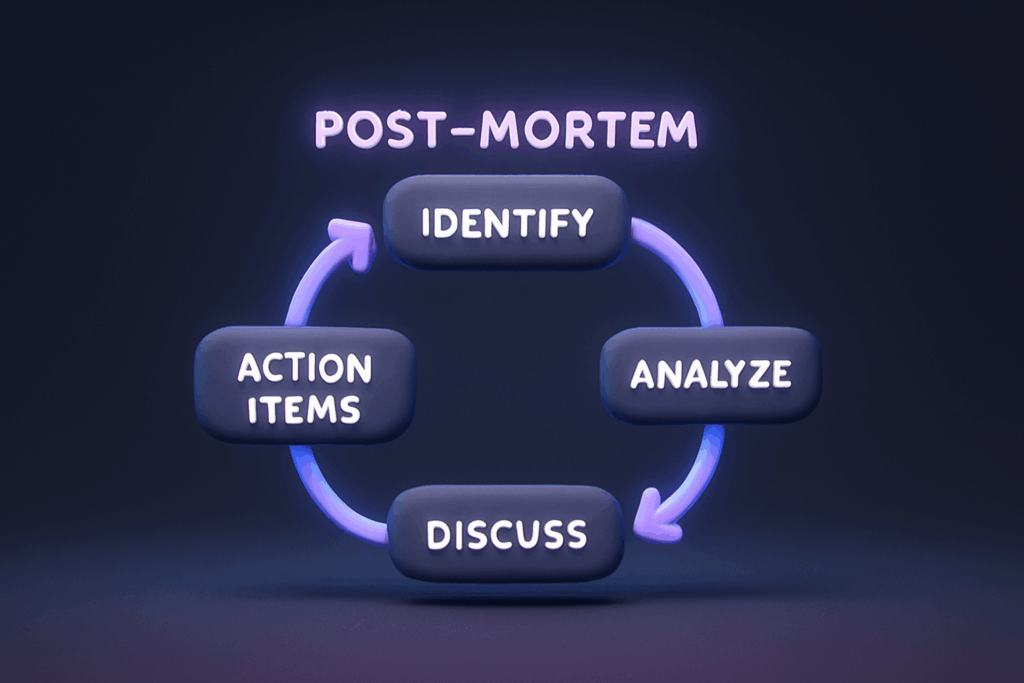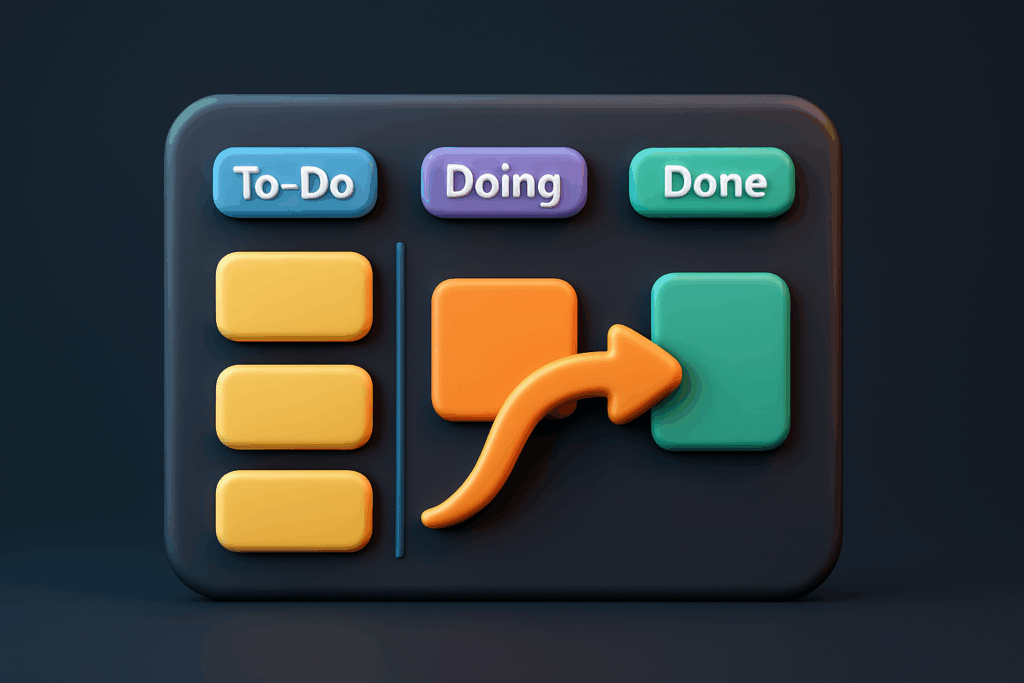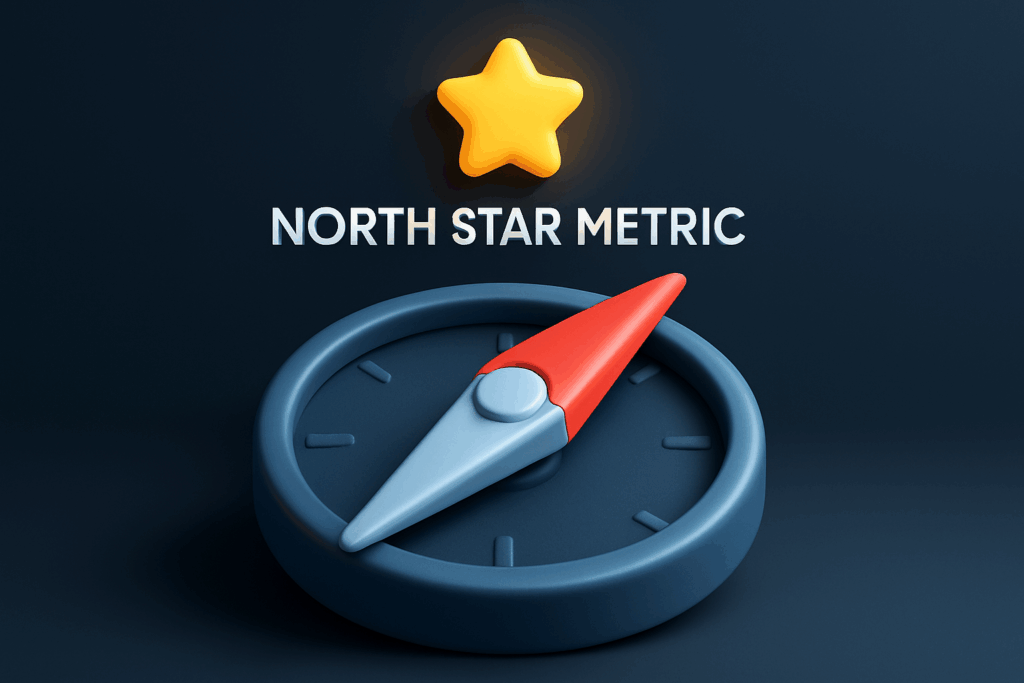You shake hands on salary, title, and perks. Yet every new hire signs a second agreement the moment they click “Accept Offer”—one drafted in invisible ink and stored somewhere between the gut and the heart.
It spells out every hope they carry across the threshold: I’ll be respected, I’ll grow here, my voice will matter, life won’t shrink around this job.
Miss those expectations and no KPI dashboard will save morale.
Meet them and you unlock a reservoir of discretionary effort no cash bonus can buy.
Welcome to the realm of psychological contracts—the silent pacts that determine whether someone leans in, coasts by, or quietly crafts a LinkedIn update titled “Open to work.”
The concept isn’t new—organizational scholars have studied it since the 1960s—but hybrid work, economic roller-coasters, and the Great Re-evaluation have turned it from academic footnote into boardroom headline.
Leaders now juggle talent shortages, shifting values, and uncertainty fatigue. Honoring fuzzy promises feels harder than ever—yet ignoring them costs more.
In this guide, you’ll learn how to spot, nurture, and, when necessary, renegotiate those unwritten deals so they remain a source of fuel rather than friction.

Why Psychological Contracts Matter More Than Your Perks Page
Formal contracts describe what someone does for pay. Psychological contracts answer why it all feels worth the effort—and whether Monday mornings feel like launchpads or landmines.
Break the written deal and you may face a lawsuit; break the silent one and you’ll face quiet quitting, knowledge hoarding, or a wave of unexpected departures that gut momentum.
- Energy amplifier: When expectations align, teammates offer proactive solutions, chase root-cause fixes, and voluntarily mentor newcomers. That “extra mile” is nothing more than reciprocal energy paid forward.
- Early warning system: Micro-breaches surface first in micro-behaviors—hesitation to volunteer, fewer emojis, cameras off. Track those signals, and you can intervene before disengagement metastasizes.
- Retention rocket fuel: In knowledge work, purpose and autonomy outrank catered lunches. Keep the promise and you’ll retain talent even when recruiters dangle bigger checks.
- Brand halo: Employees who feel honored become your most credible storytellers online; each Glassdoor rave or LinkedIn shout-out reduces Candidate Acquisition Cost.
The Hidden Cost of Breach
Gallup ties low engagement to 18% lower productivity—but productivity metrics only scratch the surface.
Think of breach as corrosion: delays in cross-functional projects, creative risks left untaken, and a creeping cynicism that convinces top performers their future lies elsewhere.
One HR analytics firm pegged the total replacement cost of a mid-level knowledge worker at 1.5–2× salary when you include lost velocity and onboarding lag.
A $90K engineer silently short-changed is a $180K hole waiting to form. Tending to the contract is, plain and simple, budget protection.

The Two Sides of Every Psychological Contract
Imagine a two-column ledger stamped on every employee’s internal hard drive:
- Employer Promises—fair pay, challenging work, career pathways, psychological safety, mission resonance.
- Employee Promises—reliability, initiative, upskilling, values alignment, peer collaboration.
Unlike written clauses, the ink here is emotional: tone of voice in meetings, latency in feedback loops, whether leaders model the very values posted on lobby walls.
The ledger is dynamic—every project kickoff, 1-on-1, or corporate town hall edits a line or two.
How Silent Promises Get Written
- Pre-hire signals: Job ads that scream “family” yet mention weekend firefights prime candidates to expect burnout disguised as hustle.
- Day-one rituals: A Slack flood of “Welcome!” messages auto-writes a pledge of community; radio silence writes a pledge of fend-for-yourself.
- Everyday micro-moments: Does leadership skip Q&A time? Do managers cancel 1-on-1s last minute? Each choice etches or erodes trust.
Add culture carriers—tenured folks who model informal norms—and you see why new hires can predict psychological weather faster than they memorize PTO policy. Humans are contract-reading machines; we just do it subconsciously.

Spotting Breaches Before They Blow Up
Breach doesn’t always follow betrayal. Sometimes business pivots, reorgs, or macro shocks create expectation-reality gaps nobody meant to open.
Still, the emotional punch can mirror heartbreak.
Here’s a field guide to early symptoms—think of them as tremors before the talent quake:
- Emotional withdrawal: Cameras off, monosyllabic chat replies, or the abrupt absence of “good news” shares.
- Social distancing: Opting out of optional brainstorming, ghosting Friday wins threads, skipping cross-team coffee chats.
- Performance slip: Deadlines creep, QA mistakes multiply, innovations vanish.
- Complaint clusters: Phrases like “mixed messages,” “moving goalposts,” or “leadership disconnect” pop up in unrelated corners of the org.
Quick Pulse Toolbox
Deploy bite-size temperature checks—one Slack emoji poll, a two-question Google Form, or a “What surprised you this week?” prompt.
Aim for frequency over formality. You’re not measuring net promoter score; you’re hunting for hairline cracks.
Listening Phrases That Open the Door
- “What feels different from what you expected when you joined?”
- “Which unwritten promise matters most to you right now?”
- “If we could improve one small ritual to rebuild trust, which would you vote for?”

Renegotiation: Turning Breach Into Breakthrough
When integers in the P&L force strategy shifts, leaders often rehearse the what: org charts, OKRs, new quotas.
The real make-or-break moment is the renegotiation of the why. Below is a five-step sprint you can run in under two weeks—long enough to gather input, short enough to beat rumor mills.
Five-Step Renegotiation Sprint
- Name the shift. Ambiguity is a breach accelerant. Offer the crisp headline—“We’re prioritizing retention over new logos for two quarters.”
- Acknowledge the gap. Own the promises that may wobble. Transparency converts fear into dialogue.
- Invite rewrite. Run a 90-minute “dream agreement” workshop where teams list top three expectations for the next season.
- Co-decide trade-offs. Maybe conference travel drops, but remote-work stipends rise; maybe scope tightens, but autonomy spikes. Frame choices as swaps, not subtractions.
- Seal with a ritual. Publish the new pact in a visible space—an internal microsite, a live Miro board—then launch a ceremonial acknowledgment: a virtual toast, a signed manifesto, or a time-boxed Ask-Me-Anything with leadership.
“You joined to grow your craft and create impact. Our mission hasn’t changed, but the terrain has. Let’s redraw our agreement so every stride still feels worth your energy.”
Sample Trade-Off Matrix
| Legacy Promise | New Context | Revised Promise |
|---|---|---|
| $2K conference budget | Travel freeze | $1K online learning + peer micro-mentoring circles |
| Quarterly hackathons | Accelerated roadmap | Monthly 4-hour “Focus Fridays” for innovation sprints |
| 24-hour email response from leaders | Hybrid timezone team | 48-hour response, but async Loom video replies for context |
Notice the pattern: Why beats what. You can reduce or redirect resources if the underlying need—growth, recognition, clarity—still gets honored.

Keeping Contracts Fresh: Everyday Habits That Stick
1. Promise Reviews Every 90 Days
Book a recurring “Expectation Exchange.” Instead of status updates, compare the original psychological ledger with lived experience—then co-edit. Over time, these check-ins feel less like audits and more like renewal ceremonies.
2. Tiny Wins Tracker
Capture fulfilled promises in real time. Dedicate a Slack channel or internal feed where anyone can tag #PromiseKept plus a one-sentence story. Visibility ossifies trust faster than policy PDFs.
3. Story-Spotting Rounds
Every other retro, ask teammates to share micro-stories where someone embodied the contract (“Alicia stayed late to test my tricky deploy”). Stories out-stick slide decks 10-to-1 because they evoke feeling, not just fact.
4. Choice Boards for Growth
Offer a “skills marketplace” of stretch projects, job-shadow tickets, and peer coaching slots. Let employees self-select rather than wait for top-down assignment. Choice signals respect—a core unwritten clause.
5. Ritualize Appreciation
End Friday stand-ups with “Contract Kudos” where each person thanks another for living the deal. Ritual makes gratitude habitual, not accidental.
Manager Micro-Prompts
Monday: “What part of your role feels most meaningful this week?”
Wednesday: “Which of our unwritten promises should I shine a light on today?”
Friday: “Who modeled our values and deserves a shout-out?”
Self-Check for Leaders
Run a monthly gut audit:
- When did I last give context before asking for hustle?
- Have I apologized for any unkept promise—however small—this month?
- Is our company story still accurate, or am I telling a version that existed three quarters ago?
Team Charter 2.0
Revive the dusty team charter into a living digital poster. Keep it under one page, update quarterly, and feature:
- Shared mission headline
- Three promises we make to you
- Three promises you make to the team
- How we discuss breaches (e.g., “swift, direct, blame-free”)
Final Takeaway
The strongest teams aren’t bound only by KPIs or incentive plans; they’re bound by felt, reciprocated commitments—refreshed as boldly as strategy decks.
In an era of remote corridors and perpetual pivots, honoring the invisible contract is the most visible leadership act you can perform.
Tend to those silent promises with curiosity and care, and you’ll secure engagement that outlasts market swings, budget cuts, and yes—even the occasional pandemic curveball.
The ink may be hidden, but its impact is headline-bright and balance-sheet deep.
























